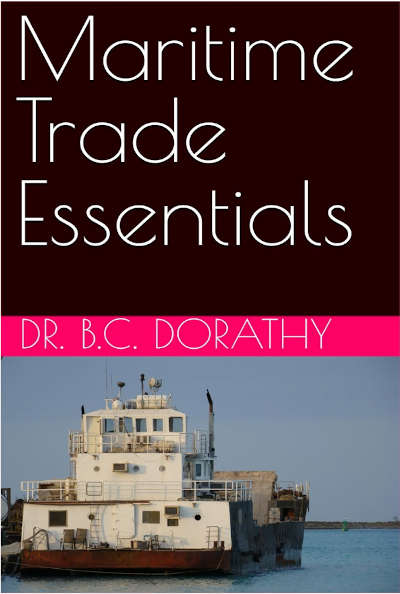In the image
Cover of Bina Celina Dorathy's book 'Maritime Trade Essentials' (eBook, 2024) 173 pp.
The incidents of recent years in maritime traffic, from the disruptions in grain shipments due to the war in Ukraine to the Houthi attacks on the Red Sea approaches in the wake of the Middle East conflict, have served to make many people aware of the importance of the trade that takes place across the oceans. If the great era of peace experienced in general terms by the world since the Second World War (not without tensions) had much to do with the patrolling of the seas carried out by the United States, and if the great moment of globalization experienced in recent decades throughout the planet has been the fruit of precisely that freedom of navigation, rarely enough credit is given to maritime communications as a fundamental aspect of our world.
Bina Celina Dorathy, professor of Economics and Business in Bangalore (India), aims to familiarize people with maritime traffic with her guide 'Maritime Trade Essentials', a self-published e-book that in small format reviews the basic elements of this economic activity: from the types of ports and trade routes, to the framework legal framework that regulates international maritime transport and the specificity of insurance policies for the different shipments. The book is above all a guide for those who need port services for the management of the supplies or products of their business, with details on how the payment system works or what is the basic documentation necessary for customs clearance.
A quick read, 'Maritime Trade Essentials' also serves as an introduction to the industry, for those who, in addition to the more safety-related aspects of maritime traffic, also want to gain an understanding of the broader context of the conditions under which maritime trade takes place.
The book lacks data on cargo volumes and traffic frequency in the main routes of world ocean trade, references to specific ports and more details on the 'chockepoints' or bottlenecks in the waterways that make some channels and straits particularly strategic. It also contains few bibliographical references that may help to expand knowledge should the reader so desire. In any case, it provides a list of issues that outline the contours of this economic activity.

